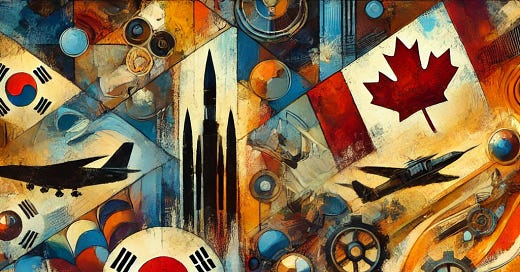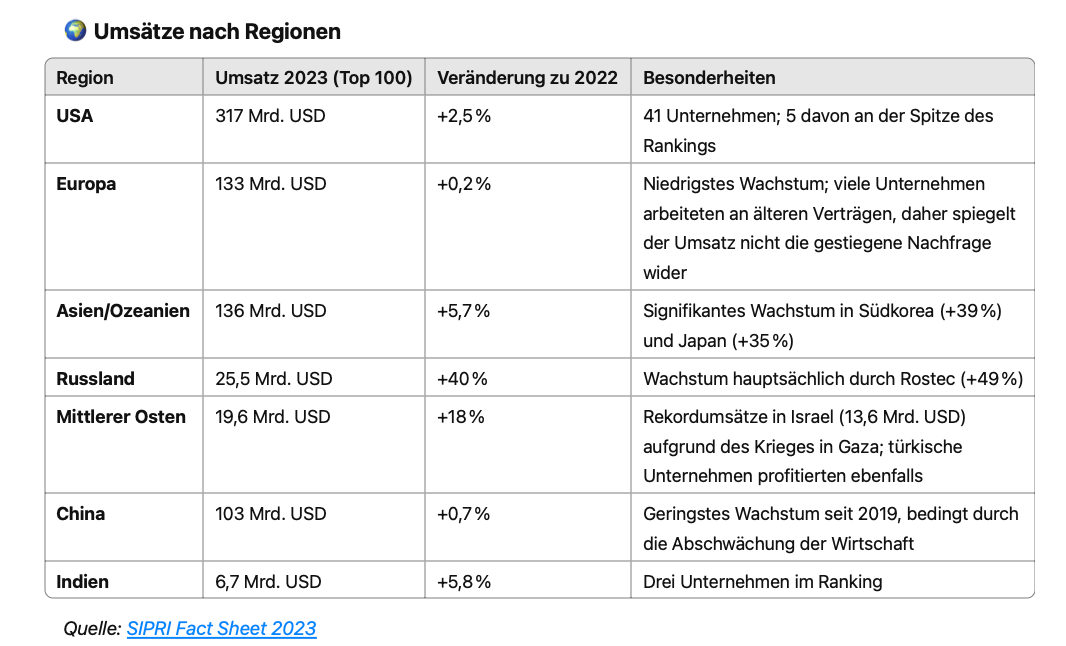Die Rüstungsindustrie in Südkorea und Japan nimmt massiv an Fahrt auf
Japanese and South Korean armsmakers are now among the fastest-growing in the world. The combined annual revenues of the two countries’ defence-focused firms have risen by 25% since 2022, to $63bn, outpacing even Europe’s resurgent armsmakers. Although America’s defence giants, with total revenues exceeding $200bn, remain dominant, their growth has been a more modest 15% since 2022.
One reason why Japanese and South Korean defence firms are doing so well is that their governments, which have long been net importers of arms, want more domestically made weapons with which to protect their territories, rather than relying on American military backing. That has been a “turning-point”, says Kanehana Yoshinori, the chairman of Kawasaki Heavy Industries, Japan’s second-largest aerospace-and-defence company. (Economist)
America remains the dominant exporter of such big-budget items as advanced long-range strike capabilities: according to to SIPRI, it supplies 45% of all exports of land-attack missiles with a range over 250km. But Asian firms have been meeting new demand for such things as helicopters, artillery and precision munitions. (Economist)
Für Europa sind das gute Nachrichten, denn um unsere Abhängigkeit von den USA zu reduzieren müssen wir auch unsere Rüstungsimporte diversifizieren.
Ich habe ChatGPT noch Daten von SIPRI gegeben und diese Übersicht erstellen lassen. Die Rüstungsindustrie in den USA ist 2,4x so groß wie die Europas.
Auch gut: Kanada nähert sich militärisch angesichts der US-Politik der EU an:
Canada is in advanced talks with the European Union to join the bloc’s new project to expand its military industry, a move that would allow Canada to be part of building European fighter jets and other military equipment at its own industrial facilities.
The budding defense cooperation between Canada and the European Union, which is racing to shore up its industry to lower reliance on the United States, would boost Canada’s military manufacturers and offer the country a new market at a time when its relationship with the United States has become frayed.
Shaken by a crisis in the two nations’ longstanding alliance since President Trump’s election, Canada has started moving closer to Europe. The military industry collaboration with the European Union highlights how traditional U.S. allies are deepening their ties without U.S. participation to insulate themselves from Mr. Trump’s unpredictable moves. (NYT)





